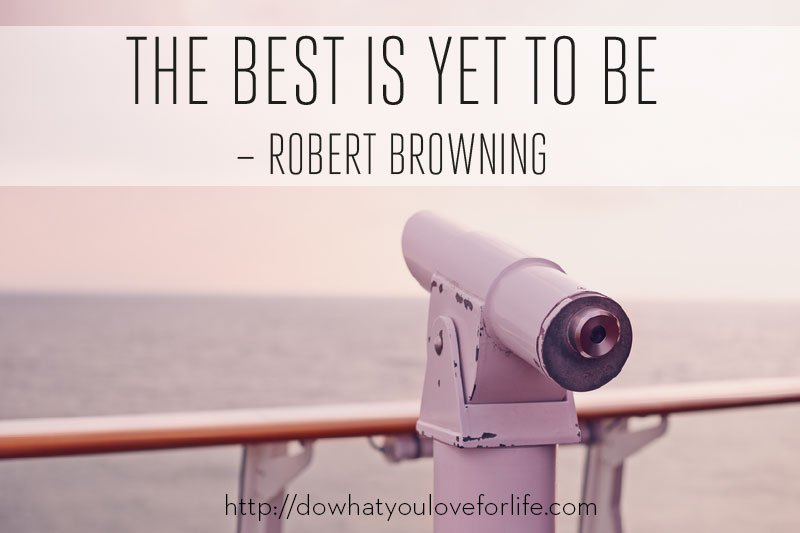Greetings from inside the Arctic Circle! Mr K and I have been digital nomads working at minus 15 this week, as we have spent an incredible few days in northern Finland. I’ll be sharing some of our experiences over the next couple of weeks, but first wanted to share a major lesson we have learnt on this trip.
I nearly didn’t book the tickets because I was worried about taking our daughter with us when she is still just a toddler. What if she screamed on every flight? What if she hated the cold? Or even worse, what if she was ill? But then I reasoned that they have toddlers in Finland too, and as long as we were well prepared with thermals and skiwear she’d be fine. So I stocked up on warm clothes and Calpol, and hoped for the best.
And guess what? She was a great little traveller on the flights, waving at everyone as they got on the plane like an air hostess in training. She coped with the weather brilliantly, proud of her new snow boots, and fascinated by the white world around her.
But then disaster struck and our worst case scenario came true – poor Sienna fell ill with chicken pox. Of all the places in the world to come out in a raging rash. We were a 100km round trip from the nearest hospital, and really worried about her.





















